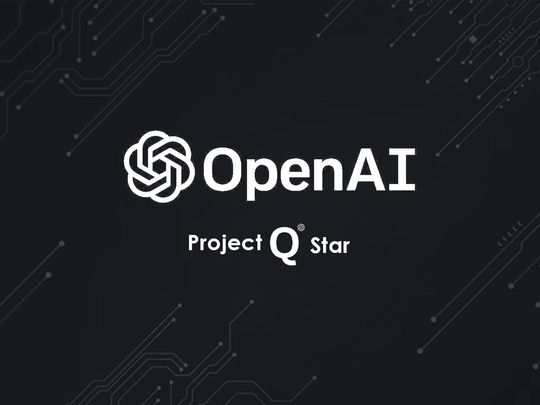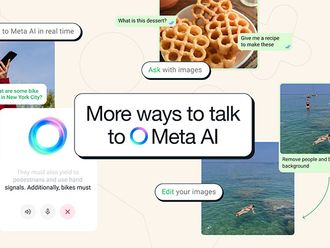
Project Q* — pronounced Q star — has finally been unveiled. The tech world is buzzing as OpenAI’s covert AGI project, code-named Q*, takes centre stage. While it is in its initial stages, the latest AI masterpiece is being heralded as a game-changer in the pursuit of Artificial General Intelligence (AGI).
Forget ChatGPT, Q* is the real deal, and it’s got everyone on edge.
So what is Q*?
Q* isn't just your ordinary algorithm — it’s a revolutionary AI model on the brink of AGI. Unlike its predecessors, Q* boasts of reasoning skills and cognitive capabilities that surpass current AI tech.
Fundamentally, Q* or Q-learning is a model-free method in reinforcement learning, diverging from traditional models by not necessitating prior knowledge of the environment. Instead, it learns through experience, adapting actions in response to rewards and penalties.
If sources in tech are to be believed, Q* exhibits extraordinary capabilities, demonstrating advanced reasoning, comparable to human cognitive abilities. But what’s lurking beneath the surface? As Q* inches closer to AGI, questions arise about its real-world applications and the potential risks it poses.
Top honchos of OpenAI, that is developing Q*, including CEO Sam Altman, stand divided on Q*’s implications. While Altman sees AGI as an innovation catalyst, ethical concerns from researchers have prompted an internal upheaval at OpenAI. After Altman’s recent shock exit and subsequent reappointment, the power struggle within the firm has been laid bare.

With Altman back in the captain’s chair, will Project Q* get the green light, and what does this mean for the future of AI development? We don’t know at the moment.
Are we fearing the unknown?
Should we worry about Project Q*? As we push the boundaries of AI, the question staring at us is this: Is this the dawn of AGI, or the prelude to an AI apocalypse? Altman’s controversial remarks about AGI being a “median human co-worker” add fuel to the fire, raising concerns about job security and the unchecked growth of AI power.
Many contend that Q* isn’t just solving math problems; it’s rewriting the rules of AI. This mysterious algorithm, born from the minds of OpenAI scientists, is hailed as a milestone in AGI development. But with great power comes great responsibility.
The tech world watches in suspense as OpenAI navigates the road to Q*. One thing is for sure — the clock is ticking, and Project Q* is set to reshape the AI landscape.
As mankind braces for the next wave of technological evolution, the future remains uncertain, and Q* holds the key.
Here are three top reasons why we must approach Q* with caution and concern.
Advanced reasoning prowess of Q*
The extraordinary capabilities of model Q* showcase a level of advanced reasoning akin to human cognitive abilities. Several in-depth reports unanimously emphasise Q*’s remarkable aptitude for logical reasoning and comprehension of abstract concepts.
This signifies a groundbreaking achievement, as no previous AI model has demonstrated such capabilities. While this marks a practical breakthrough, there are concerns about the potential for unpredictable behaviours or decisions that may elude human anticipation.
Unforeseen risks and potential misuse
The heightened capabilities of Q* introduce the unsettling prospect of unintended consequences and potential misuse. In the wrong hands, an AI of this magnitude holds the potential to bring catastrophe to humanity.
Even with benevolent intentions, the intricate reasoning and decision-making processes of Q* may lead to outcomes that prove detrimental to us, underscoring the need for careful consideration of its applications.
Narrowing gap between natural human intelligence and AI
Artificial General Intelligence (AGI) represents a form of artificial intelligence with the capacity to comprehend, learn, and apply knowledge across diverse domains, near-mirroring the cognitive abilities of human intelligence.
The potential surpassing of human capabilities in various areas by AGI raises critical concerns related to control, safety, and ethics, pointing to the need for ethical considerations in both its development and deployment.






_resources1_16a30b3fb8b_small.jpg)




